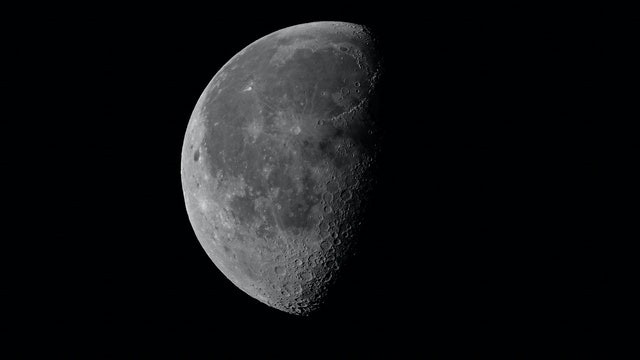Researchers have suggested that samples of sperm and eggs from 6.7 million species on Earth should be sent to an ark created on the moon as a sign of modern global insurance policy.
The lunar gene bank which could also abode specimens of seed and spore is considered as being constructed beneath the lunar surface, in an empty, relaxed lava tube.
Samples stored in the ark would be kept freezing at a low temperature, with the equipment electrified by solar panels on the lunar surface. The ark would continue to conserve the genetic diversity of the earth in a situation of global calamity, such calamity might arise as a result of climate change, an asteroid impact, or a supervolcano eruption.

How Would 6.7 Million Species Get to the Moon
Constructing a genetic storage facility on the moon would be an unforgettable undertaking but Professor Thanga is of the belief that it would be possible. According to Professor Thanga's 'back-of-an-envelope' estimation, transferring some 50 specimens for each of the 6.7 million target species means that 250 rockets would have to be launched.
For similarity, to gather the low-Earth orbit on the International Space Station, a total of 40 rockets were launched. Professor Thanga said It is not really big and they were a little bit surprised about it.
Read More : Three's a Charm! Eclipse, Comet and Full Moon All Set to Make an Appearance on Friday Night
Earth is a Volatile Environment
Jekan Thanga, study author and mechanical engineer from the University of Arizona said, naturally, "Earth is a volatile environment."
Thanga added that, "As human beings, we had a near hit around 75,000 years ago along with the supervolcano eruption at Toba, which led to a cooling period of 1,000-year and, in accordance with some, cues with a calculated decrease in human diversity."
Because civilization of humans has such a huge step, and it could have a negative surging impact on the rest of the planet if it were to break down.
The idea of building gene banks to get back lost ecological diversity in the years to come is not new. For example, over one million seed specimens are presently kept in the Svalbard Global Seed Vault on the Spitsbergen Island in the Arctic Sea.
A Safer Location
Meanwhile, Professor Thanga and co-workers made it known that locating such equipment on this planet leaves them also exposed to accidental loss.
For example, Climate change has the possibility of pushing many species into ultimate decline in the future, and, at the same time, the increasing sea levels that would accompany global warming will experience the Svalbard vault lost under the waves.
Removed but still reachable, the moon may provide a location that is safer. Constructing genetic storage equipment on the moon would be a crucial undertaking - which Professor Thanga says would be feasible.

The Toba Eruption
The biggest volcanic blast on Earth was the Toba super-eruption, which occurred around the past 2.5 million years. It erupted on what is now known as the Indonesian island of Sumatra.
Related Article : 2021 First Full Moon: The History of 'Wolf Moon'
For more news, updates about global insurance policies and similar topics don't forget to follow Nature World News!
© 2025 NatureWorldNews.com All rights reserved. Do not reproduce without permission.





